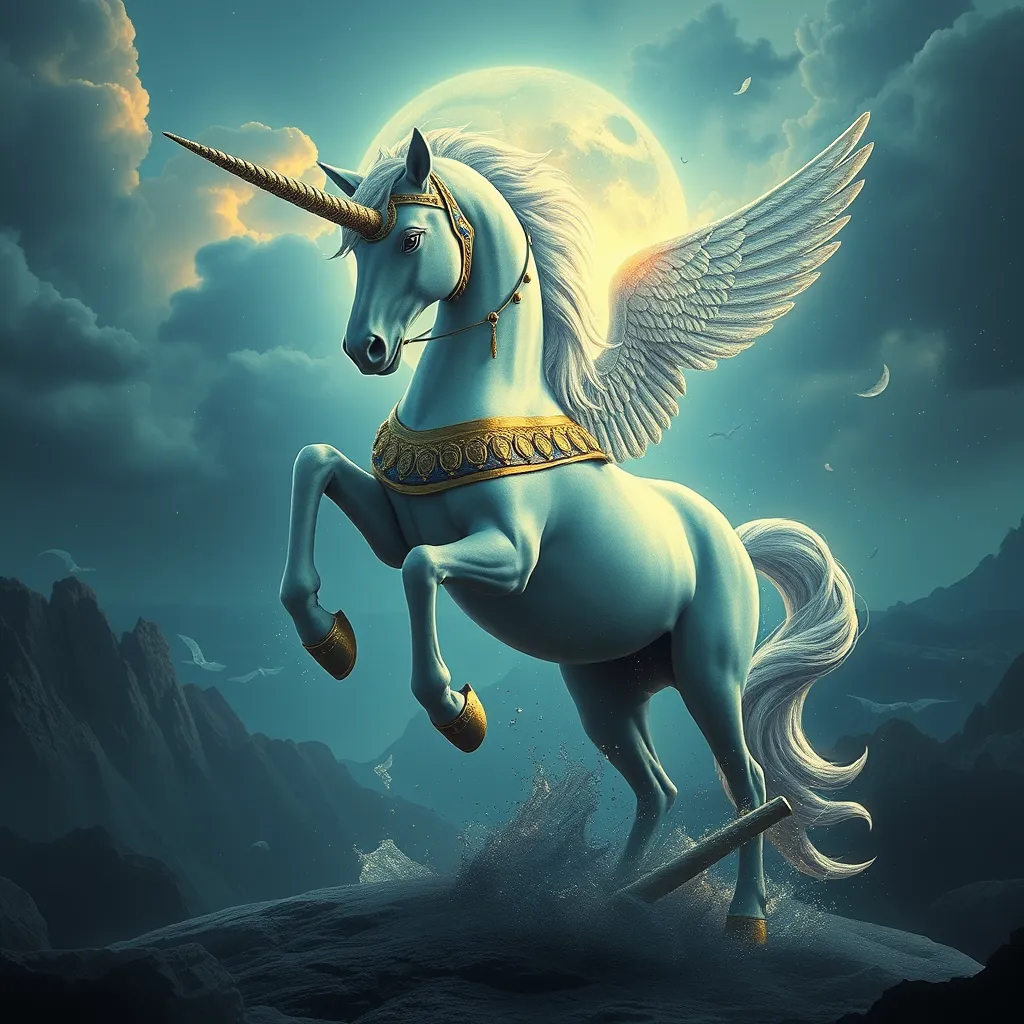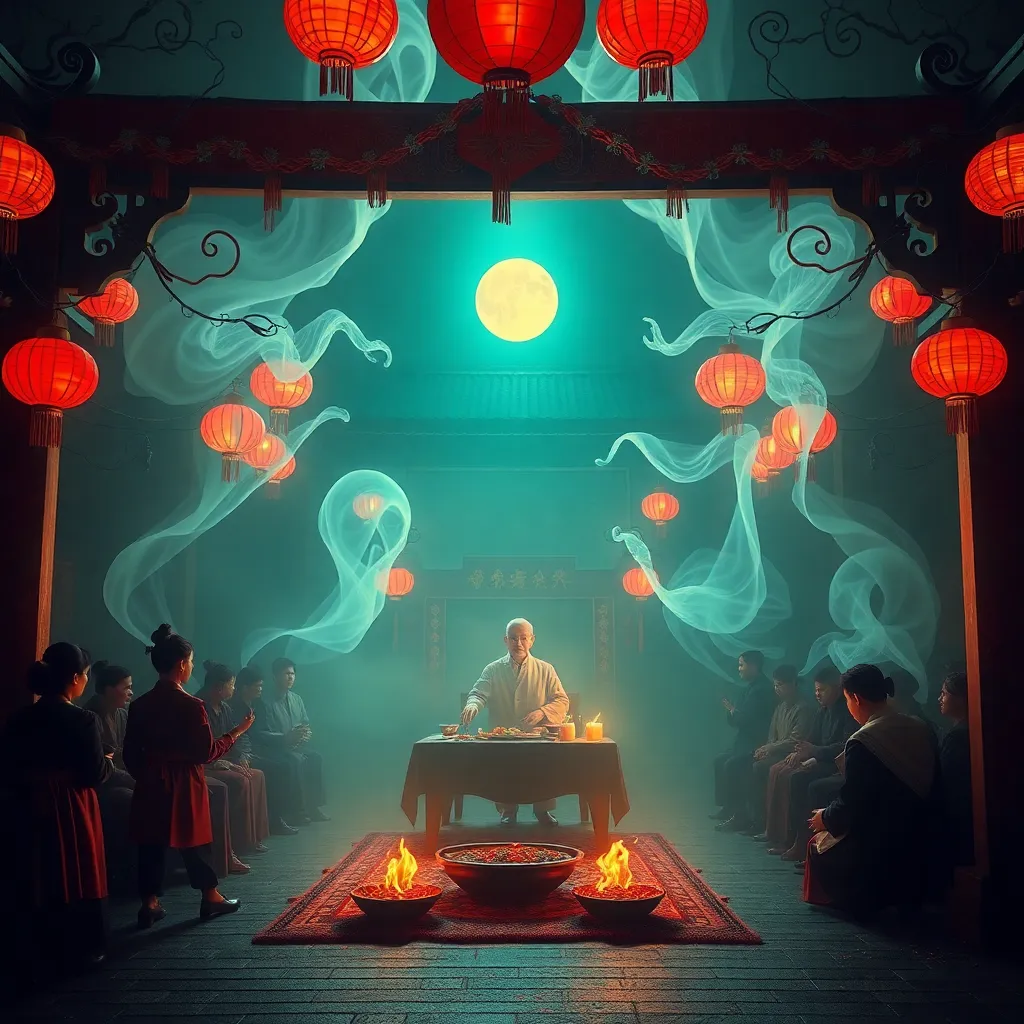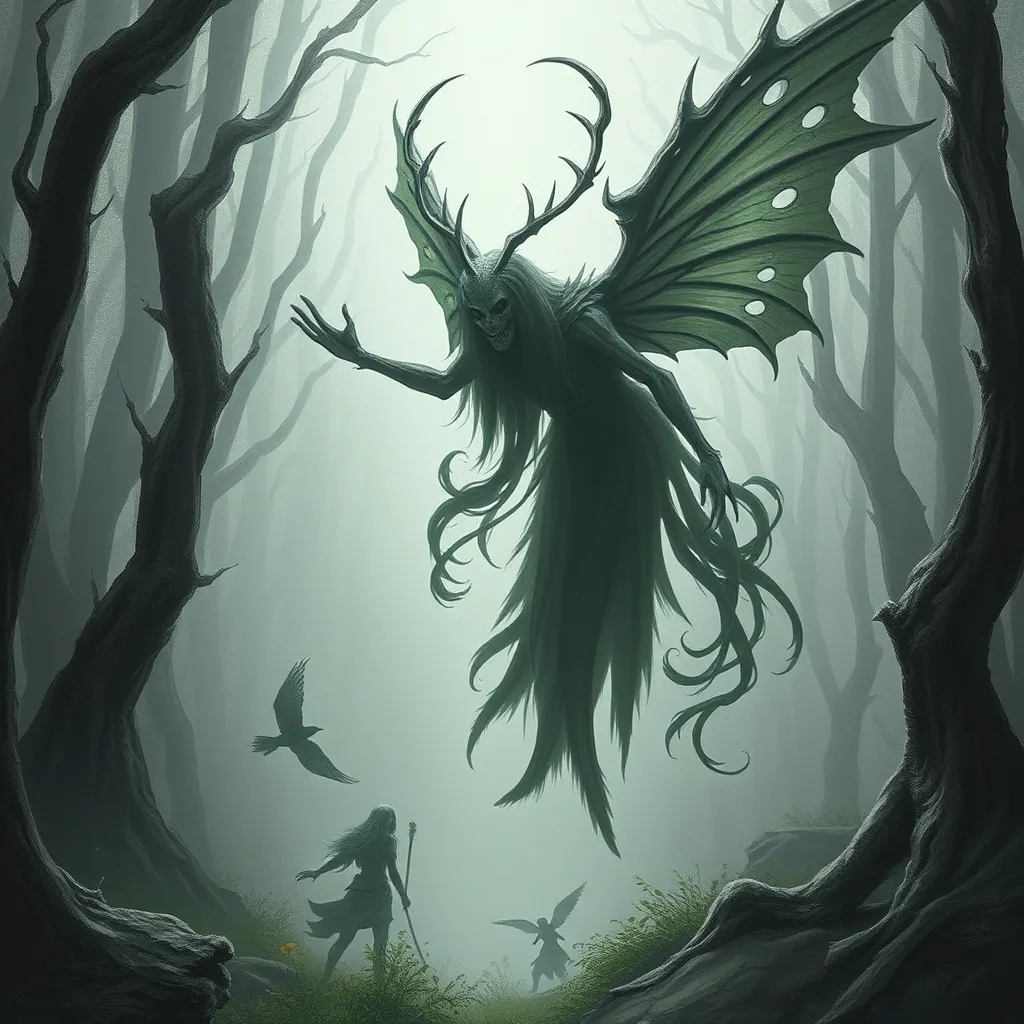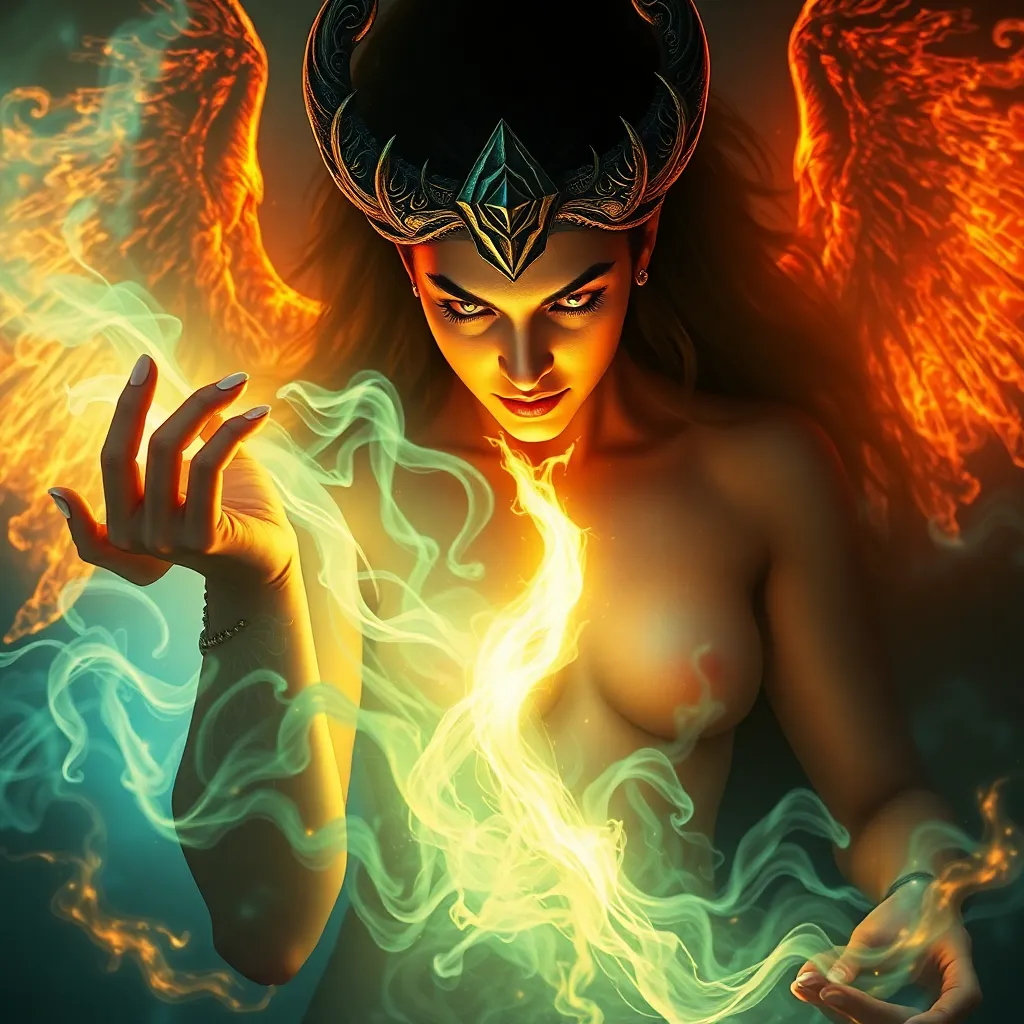Unicorns and the Divine: The Unicorn in Egyptian Myth
I. Introduction
Unicorns have captivated the human imagination for centuries, often symbolizing purity, beauty, and the mystical. In mythology, they are frequently depicted as majestic creatures with a single spiraled horn protruding from their foreheads. This article explores the significance of unicorns within the context of Egyptian mythology, a complex tapestry of beliefs that encompasses deities, the afterlife, and the very essence of existence.
The ancient Egyptians had a rich and intricate belief system that included a plethora of gods, goddesses, and mythical creatures. This article aims to delve into the role unicorns played in these beliefs, examining their symbolism, artistic representations, and connections to deities.
II. Historical Background of Unicorn Myths
A. Origins of the unicorn myth in ancient cultures
The concept of the unicorn is not limited to Egyptian mythology; it has roots in various ancient cultures. The earliest mentions of unicorn-like creatures can be traced back to the Indus Valley Civilization, where depictions of a one-horned animal have been found on seals. Similarly, references in ancient Mesopotamian texts hint at creatures resembling unicorns.
B. The emergence of unicorn-like creatures in Egyptian art and literature
In ancient Egypt, the unicorn was represented through various artistic forms, often intertwined with the symbolism of fertility and divinity. This depiction suggests that the unicorn was not merely a mythical creature but served as a vital element in the spiritual and cultural narrative of the Egyptians.
C. Comparison with unicorn representations in other ancient civilizations
- Mesopotamia: Similar creatures were depicted in art, often associated with divine beings.
- China: The Qilin, a unicorn-like creature, is seen as a harbinger of good fortune and a symbol of justice.
- India: The Indus Valley seals display a creature similar to a unicorn, suggesting a shared mythological lineage.
III. Symbolism of the Unicorn in Egyptian Mythology
A. The unicorn as a symbol of purity and divinity
Unicorns are often viewed as embodiments of purity, grace, and divine essence. In Egyptian mythology, this symbolism is particularly resonant, as purity was a fundamental aspect of many religious practices and beliefs.
B. Association with fertility and rebirth in Egyptian beliefs
In Egyptian culture, fertility was a vital theme, particularly connected to the Nile’s annual flooding, which provided life to the land. The unicorn, with its associations with regeneration and new life, mirrored these cyclical patterns. This connection is often reflected in the worship of gods and goddesses who preside over fertility and rebirth.
C. The unicorn’s role in the afterlife and spiritual journeys
The unicorn was also thought to play a role in the afterlife, guiding souls on their journey to the underworld. This aspect of the unicorn’s symbolism emphasizes its connection to spirituality and the divine, reinforcing the belief that such creatures are intermediaries between the earthly and celestial realms.
IV. Artistic Representations of Unicorns in Ancient Egypt
A. Examination of artifacts and inscriptions depicting unicorns
Artifacts from ancient Egypt, including pottery, sculptures, and wall carvings, often feature unicorn-like creatures. These representations serve not only as artistic expressions but also as windows into the cultural and religious significance of the unicorn during that era.
B. Analysis of the artistic styles and their meanings
The artistic styles in which unicorns are depicted vary, reflecting different periods and influences. The use of vibrant colors and intricate details in these artworks often conveys the importance of the unicorn in rituals and ceremonies.
C. The significance of unicorn imagery in tombs and temples
Unicorn imagery found in tombs and temples indicates a belief in the creature’s protective and guiding powers in the afterlife. These representations served to honor the deceased and ensure their safe passage into the next world.
V. The Unicorn and Egyptian Deities
A. Connections between unicorns and specific deities (e.g., Hathor, Isis)
Unicorns in Egyptian mythology are often linked to deities such as Hathor, the goddess of love and fertility, and Isis, the goddess of motherhood and magic. These connections highlight the unicorn’s role in the divine narrative of ancient Egypt.
B. The unicorn as a divine messenger or protector
In many myths, unicorns are depicted as messengers of the gods, delivering important messages or blessings to mortals. This role underscores their importance as protectors, guiding individuals through challenges and spiritual transformations.
C. Myths involving unicorns and their interactions with gods
Various myths feature unicorns interacting with deities, often helping to fulfill divine missions or assisting in the creation of life and order. These stories emphasize the unicorn’s integral role within the pantheon of Egyptian gods.
VI. The Evolution of the Unicorn Myth in Egyptian Culture
A. Changes in the perception of unicorns throughout ancient Egyptian history
As Egyptian culture evolved, so did the perception of unicorns. Initially seen as divine beings, their significance waned over time, leading to variations in their representation and meaning.
B. Influence of foreign cultures on Egyptian unicorn mythology
The arrival of foreign cultures and ideas influenced how unicorns were depicted and understood in Egypt. As trade and cultural exchange flourished, new interpretations emerged, enriching the existing mythos.
C. The decline of unicorn imagery in later periods
By the end of the ancient Egyptian civilization, unicorn imagery began to decline, overshadowed by more prominent symbols and creatures within the evolving religious landscape.
VII. Modern Interpretations and Influences
A. The resurgence of unicorn symbolism in contemporary culture
In recent years, unicorns have experienced a resurgence in popular culture. They are now seen as symbols of magic, positivity, and individuality, captivating the hearts of many.
B. How Egyptian unicorn myths influence modern fantasy literature and media
The rich tapestry of Egyptian mythology, including the unicorn, has inspired countless works of literature, film, and art. Modern fantasy often draws upon these ancient symbols, integrating them into new narratives that resonate with contemporary audiences.
C. The enduring legacy of unicorns in popular imagination
Unicorns continue to hold a special place in the popular imagination, embodying ideals of purity, magic, and the extraordinary. Their legacy, rooted in ancient beliefs, persists in a world that cherishes the mystical.
VIII. Conclusion
The exploration of unicorns in Egyptian mythology reveals their significance as symbols of purity, divinity, and spiritual guidance. These mythical creatures, intertwined with the beliefs and practices of ancient Egyptians, reflect a profound cultural importance that resonates even today.
As we reflect on the cultural importance of mythical creatures like unicorns, we recognize their power to inspire and connect us to the past. The intersection of myth, symbolism, and spirituality continues to shape our understanding of the world and our place within it.



